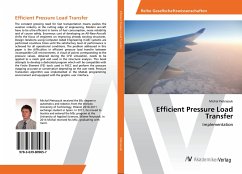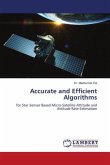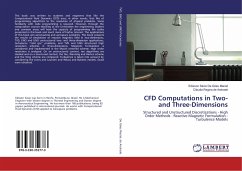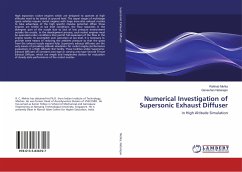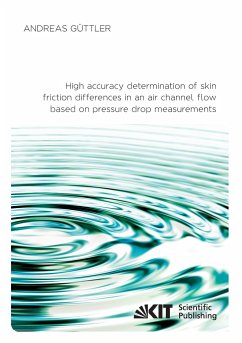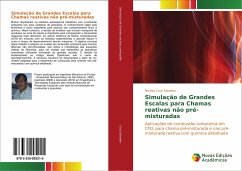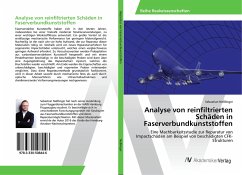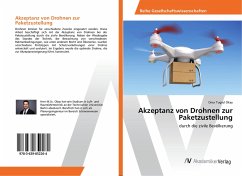The constant growing need for fast transportation means pushes the aviation industry at the cutting edge of engineering. Modern aircraft have to be ultra-efficient in terms of fuel consumption, noise reliability and of course safety. Enormous cost of developing an All-New-Aircraft shifts the focus of engineers on improving already existing structures. Design iterations using Computer Aided Engineering (CAE) systems are performed countless times until the satisfactory level of performance is achieved for all operational conditions. The problem addressed in this paper is the difficulties in efficient pressure load transfer between incompatible CAE environments. A cloud of points corresponding to the pressure values, obtained during the CFD simulation, needs to be applied to a mesh grid and used in the structural analysis. This book attempts to develop a dedicated program which will be compatible with the Finite Element (FE) tools used in FACC and perform the pressure mapping accurate or conservative depending on the user need. Pressure Translation algorithm was implemented in the Matlab programming environment and equipped with the graphic user interface.
Bitte wählen Sie Ihr Anliegen aus.
Rechnungen
Retourenschein anfordern
Bestellstatus
Storno

